Technology

7 min
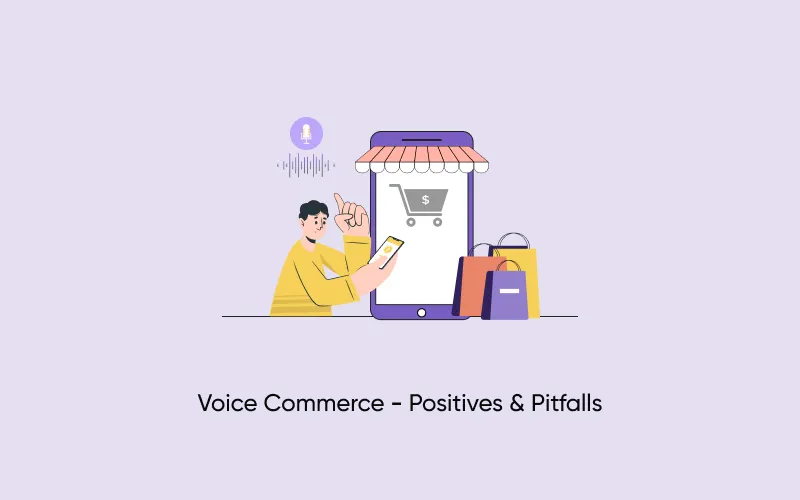
The rise of voice commerce presents business opportunities and challenges. Embracing this trend allows for seamless customer experiences and opens new revenue streams. However, navigating privacy concerns, technical limitations, and maintaining brand identity are critical hurdles to overcome. This blog explores the positives and pitfalls of adapting to voice commerce in today's market.

By Anupam Singh
03 Mar, 2024
In today's digital era, customers seek a seamlessly smooth online shopping experience. Here at QuokkaLabs, we're all about embracing the cutting-edge trend of voice commerce in 2025. It's effective and innovative, revolutionizing how businesses enhance digital customer interactions. Now, picture this: according to the experts over at TechNavio, the voice commerce market is gearing up for a whopping $55.68 billion growth spurt from 2021 to 2026, sporting an impressive Compound Annual Growth Rate (CAGR) of 24.34%.
Now, let's get into the nitty-gritty. This article is your guide to the world of voice commerce technology. We will break down the concept, show why it's the next big thing to adopt in 2025, and discuss some valuable tips to help businesses tackle the common hurdles of adopting this technology. So, prepare for a journey into the future of seamless digital customer experiences!
Voice commerce, also known as v-commerce or voice-activated shopping, refers to making purchases or conducting transactions using voice commands with the assistance of virtual assistants or smart devices. This technology allows users to browse, select, and purchase products or services through spoken instructions rather than typing or clicking.
Voice commerce typically relies on artificial intelligence (AI) and natural language processing (NLP) to interpret and fulfill user requests. It's a growing trend in e-commerce that aims to streamline the shopping experience and offer greater convenience to consumers.
Voice Commerce in 2025 uses artificial intelligence (AI) and natural language processing (NLP) technologies to understand and fulfill user requests through voice commands. Here's a simplified breakdown of how it works:
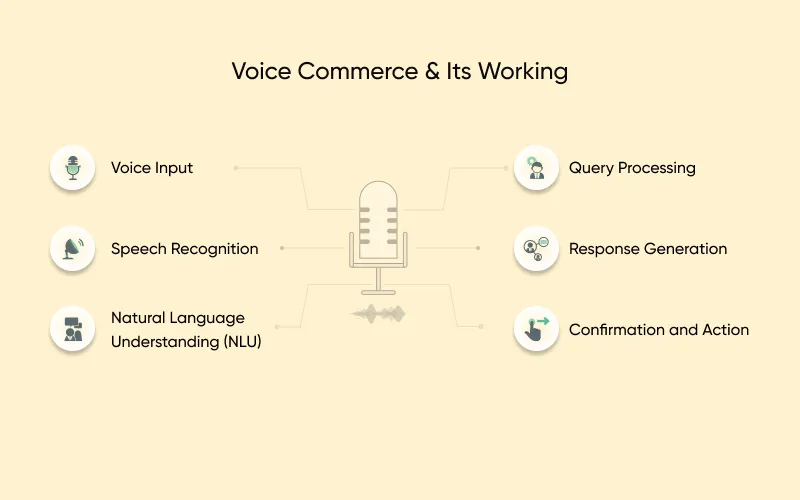
The user interacts with a voice-enabled device or virtual assistant by speaking commands or questions aloud.
The device or virtual assistant listens to the user's voice and uses speech recognition algorithms to convert the spoken words into text.
The text is then analyzed using natural language processing (NLP) techniques to understand the user's intent and extract relevant information. It involves parsing the words and phrases to determine what action the user wants to take (e.g., making a purchase or checking product availability).
Once the user's intent is understood, the voice commerce system processes the query and retrieves relevant information from the product database or online store.
Based on the user's query and the available information, the system generates a response tailored to the user's needs. It may include product recommendations, pricing details, availability status, or other relevant information.
If the user is satisfied with the response, they can confirm their request, such as making a purchase or adding items to their shopping cart. The voice commerce system then executes the requested action, completing the transaction or fulfilling the user's request.
It relies on sophisticated AI algorithms to understand and respond to user voice commands. It helps provide a seamless and convenient shopping experience without manual input.
Voice commerce is poised to become essential for retailers in 2025 and beyond due to several compelling reasons:
(1.) Increasing Adoption of Technology
Voice assistant usage is rising, a trend set to continue into 2025. In 2022, Statista reported nearly 142 million users of voice assistants in the US alone, representing about half the population. Projections suggest this figure will reach 157.1 million by 2026.
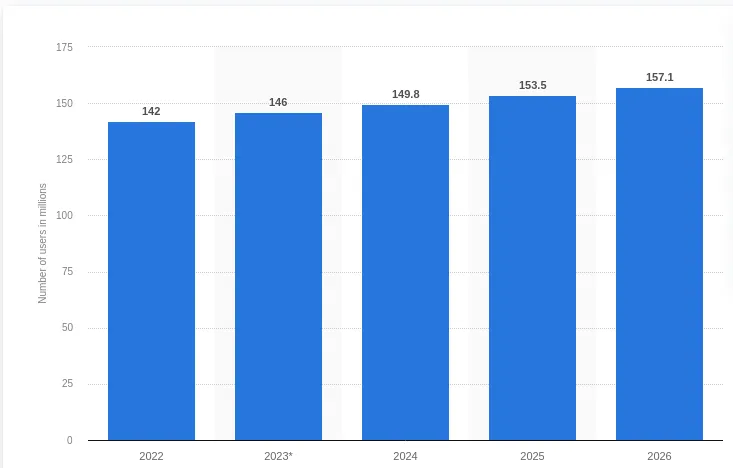
Among these users are potential customers ripe for engagement through voice commerce technology. In 2025, Insider Intelligence found that 26.8 million US smartphone users purchased via their devices. By 2025, this number is expected to surpass 29 million, accounting for over 10% of the US population.
(2.) Enhanced Customer Experience
Voice commerce offers a more intuitive and hands-free shopping experience, allowing customers to interact with retailers using natural language. This heightened convenience can lead to increased customer satisfaction and loyalty.
(3.) Efficiency and Speed
Voice-activated transactions streamline purchasing, enabling customers to make quick and effortless decisions. Retailers can capitalize on this efficiency to cater to the growing demand for seamless and time-saving shopping experiences.
(4.) Accessibility and Inclusivity
Voice commerce opens up new possibilities for customers with accessibility needs. It provides an inclusive platform, allowing individuals with visual or motor impairments to navigate and engage in online shopping more independently.
(5.) Adaptation to Tech Trends
Staying ahead with top technology trends in 2024 is crucial for retailers. Adopting voice commerce aligns businesses with the evolving preferences of tech-savvy consumers, showcasing a commitment to innovation and staying ahead in the competitive retail landscape.
(6.) Competitive Advantage Embracing voice commerce distinguishes retailers from competitors, contributing to a unique selling proposition. As consumer expectations evolve, being at the forefront of innovative technologies positions retailers as leaders in the industry.
(7.) Overcoming Adoption Challenges
While there may be challenges in integrating voice commerce, addressing these hurdles can lead to a more resilient and adaptive retail ecosystem. The article provides insights and tips on overcoming common adoption challenges, ensuring a smoother transition for retailers.
The adoption of voice commerce in 2025 and beyond is not just a technological advancement; it is a strategic move for retailers to meet evolving consumer expectations, drive efficiency, and secure a competitive edge in the dynamic retail landscape.
Interesting Read:-
:::
*E-Commerce Mobile App Development Trends Happening in 2025
*
Curious about Commerce mobile app development trends? Explore the latest trends and...
https://quokkalabs.com/blog/ecommerce-mobile-app-development-trends/
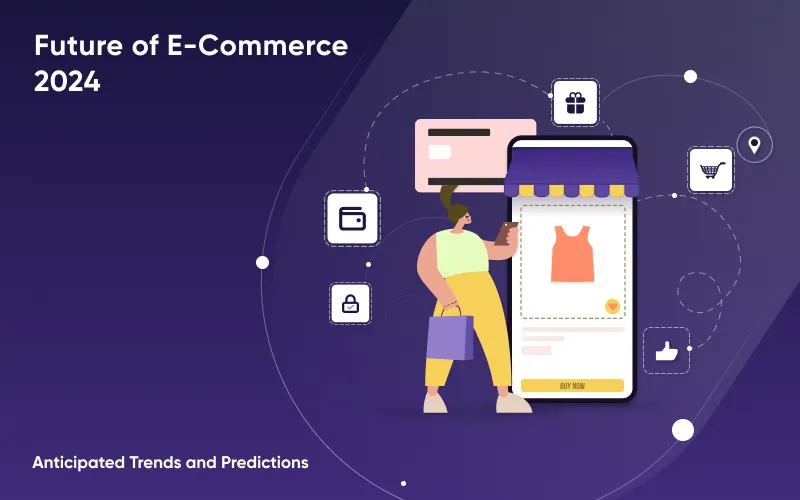 :::
:::
In 2024, businesses navigating the realm of voice commerce may encounter various obstacles:
Technological Complexity: Implementing voice commerce technology systems requires integrating sophisticated technologies like natural language processing and speech recognition, which can pose technical challenges for businesses unfamiliar with these processes.
User Trust and Security Concerns: With voice commerce tech trends involving sensitive customer data, businesses must prioritize building trust by ensuring robust security measures to protect user privacy and prevent data breaches.
Integration with Existing Systems: Integrating voice commerce platforms with existing e-commerce infrastructure and backend systems can be complex and time-consuming, requiring seamless compatibility to avoid disruptions in operations.
User Experience Optimization: Crafting intuitive and user-friendly voice interfaces is essential for ensuring a positive customer experience. Businesses must invest in optimizing voice interactions to minimize friction and enhance usability.
Limited Adoption and Consumer Awareness: Despite the growing popularity of voice assistants, widespread adoption of voice commerce may still be limited, requiring businesses to invest in educating consumers about the benefits and functionalities of voice-enabled shopping.
Regulatory Compliance: Businesses must navigate evolving regulations and compliance standards related to voice commerce, including privacy laws and regulations governing voice data collection, storage, and usage.
Overcoming these obstacles or pitfalls requires strategic planning, investment in technology and infrastructure, and a commitment to addressing customer concerns and expectations.
:::
Boost Your E-Retail Success: 5 Ways CRM Can Benefit
Transform your e-retail business with CRM! Explore 5 great ways customer relationship...
https://quokkalabs.com/blog/retail-crm-business-benefits/
 :::
:::
Are you looking to capitalize on the rising tide of voice commerce? Here are some tailored tips for retailers:-
(1.) Invest in Voice-Optimized Content
Craft your product descriptions and website content with natural language in mind, ensuring they're easily understandable and actionable for voice search queries.
(2.) Streamline the Purchase Process
Make the buying journey seamless by optimizing checkout flows for voice commands, minimizing friction, and offering voice-enabled payment options.
(3.) Prioritize User Experience
Focus on delivering a user-friendly voice interface that provides relevant, personalized recommendations and assistance, enhancing customer satisfaction and retention.
(4.) Leverage Data Insights
Utilize analytics to gain insights into customer behavior and preferences, tailoring your voice commerce strategy to meet evolving consumer needs effectively.
(5.) Test and Iterate
Continuously refine your voice commerce capabilities based on user feedback and performance metrics, iterating to optimize conversions and drive growth.
By following these recommendations, retailers can unlock the full potential of voice commerce in 2025 and stay ahead in today's dynamic retail environments.
Interesting Read:-
Voice commerce technology revolutionizes the conventional dynamics between businesses and customers, streamlining product discovery and purchase processes. This innovative technology offers substantial benefits for e-commerce businesses. However, its implementation complexity stems from the need for artificial intelligence proficiency.
To navigate this complexity, e-commerce app development companies have options. One strategy involves partnering with third-party AI experts to integrate machine learning (ML) and natural language processing (NLP) capabilities. By leveraging their expertise, businesses can equip their e-commerce applications with advanced functionalities, such as voice biometrics features, enhancing the overall user experience and staying competitive in the voice commerce landscape.
What is an example of voice shopping?
Ordering groceries through a virtual assistant like Amazon's Alexa, where users can verbally add items to their cart and complete the purchase.
What is the future of voice commerce in 2025-26?
The future of voice commerce involves seamless, personalized interactions, with advancements like AI-driven recommendations, enhanced security features, and expanded integration into daily tasks.
What retailers are using voice commerce?
Leading retailers like Amazon, Walmart, and Starbucks have embraced voice commerce, leveraging it to provide convenient and frictionless customer shopping experiences.
What are the advantages of voice commerce?
Voice commerce offers hands-free convenience, personalized interactions, faster transactions, and accessibility for users with disabilities, enhancing overall customer satisfaction.
What companies use voice control?
Tech giants like Apple, Google, and Microsoft incorporate voice control in their devices, enabling users to perform various tasks through voice commands.
Why is voice commerce the future of ecommerce?
Voice commerce in 2025 represents the future of e-commerce due to its ability to enhance user experiences, increase efficiency, and cater to the growing demand for intuitive, hands-free interactions.
What are two drivers of voice-based e-commerce?
The two key drivers are the rising popularity of virtual assistants and the continuous improvement of natural language processing (NLP) technologies, making voice interactions more accurate and user-friendly.
What is the importance of using voice?
Using voice is crucial for providing a more natural and effortless way for users to interact with technology, fostering inclusivity, and meeting consumers' evolving expectations in the digital age.
Generative AI Implementation Strategy: From Concept to Deployment (Step-by-Step Guide)
By Sannidhya Sharma
5 min read
How to Design a Web App: From Wireframes to Working Prototype
By Dhruv Joshi
5 min read
How Much Does Generative AI Development Cost in 2026?
By Dhruv Joshi
5 min read
How to Build an AI Adoption Roadmap That Ensures Measurable ROI
By Garima Saxena
5 min read

Technology

7 min
Generative AI is moving fast into enterprises, from banks to hospitals to government agencies. Adoption is rapid, but security planning lags. Unlike traditional systems, these models can be exploited through prompt injection, poisoned data, or manipulated to leak sensitive information. They are also misused for phishing, deepfakes, and malicious code.


Technology

7 min
AI-powered Web Application Firewalls (WAFs) go beyond static rules by using machine learning, anomaly detection, and predictive analysis to block zero-day threats, reduce false positives, and protect APIs at scale. Unlike traditional WAFs, they self-learn, adapt in real time, and cut operational costs while improving compliance and trust.


Technology

5 min
AI is redefining mobile app security by transforming how threats are detected, tested, and prevented. From continuous monitoring and fraud detection to compliance with regulations, AI ensures apps remain resilient against modern risks. This means safer apps, protected users, and stronger businesses. Investing in AI-driven security today builds trust, drives growth, and secures long-term competitive advantage.

Feeling lost!! Book a slot and get answers to all your industry-relevant doubts